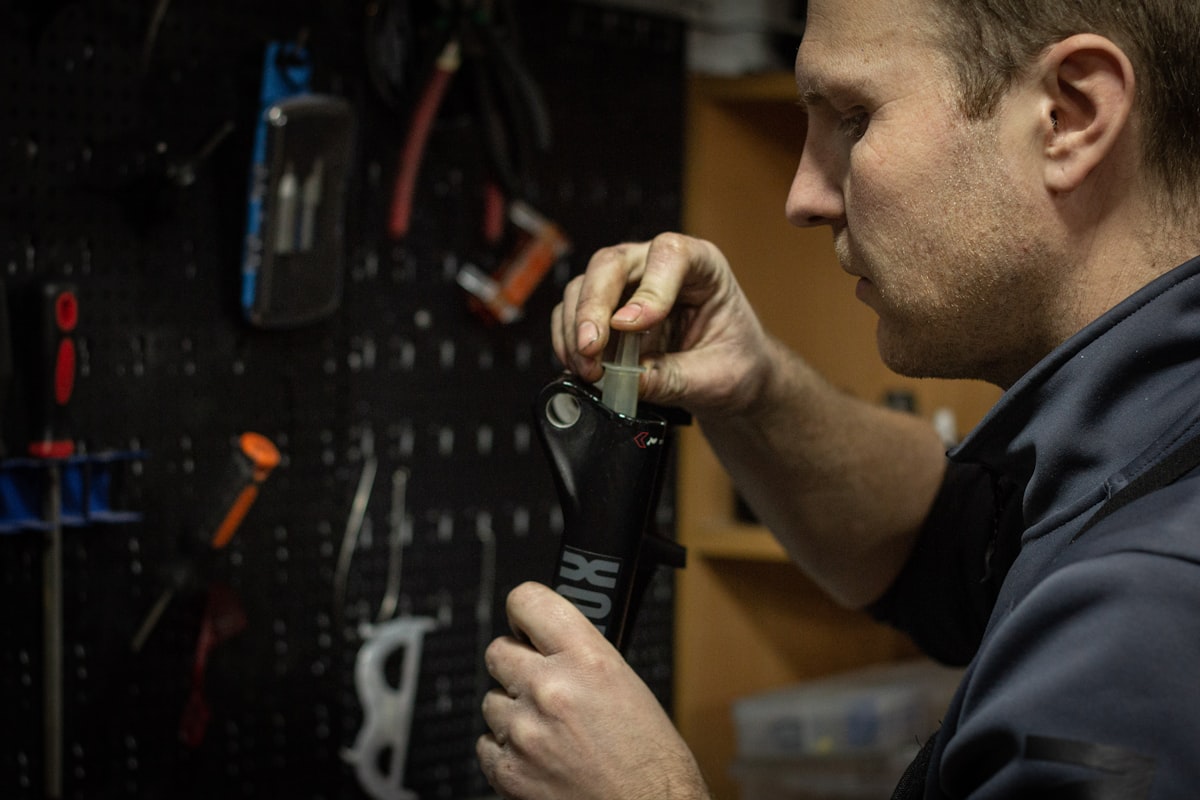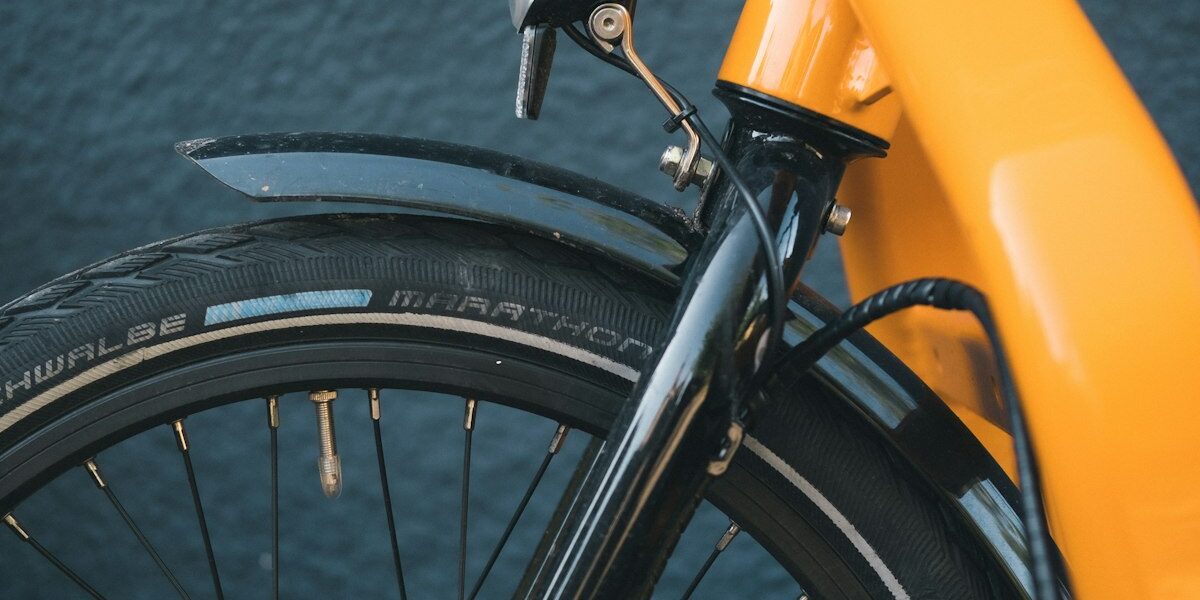
Quick Bike Repair Tips
Quick Bike Repair Tips
Whether you’re a daily commuter or a weekend cyclist, knowing some quick bike repair tips can keep you on the road. Understanding how to fix common issues yourself will save you time and money. Here are some essential tips to help you handle basic bike problems.
Fixing a Flat Tire
Flats happen. Here’s how to fix them:
- Remove the wheel using the quick-release lever or undoing the nuts with a wrench.
- Pry the tire off the rim with tire levers. Start on the side opposite the valve.
- Pull out the inner tube and check the tire’s inside for sharp objects.
- Inflate the new or patched tube slightly, then insert it back into the tire.
- Work the tire back onto the rim, starting at the valve and finishing with tire levers if needed.
- Finally, reattach the wheel and inflate it to the recommended pressure.
Adjusting Bike Brakes
Properly functioning brakes are crucial:
- Check brake pad alignment. The pads should touch the rim, not the tire.
- If they need adjusting, loosen the brake pad screws, align the pads, and retighten.
- Test the brake lever. There should be a gap between the lever and handlebars when pressed.
- To adjust tension, use the barrel adjuster or tighten the brake cable at the anchor bolt.
- Ensure that both sides of brake pads touch the rim simultaneously. Adjust centering screws if needed.
Chain Maintenance
Keep your chain running smoothly:
- Regularly clean the chain with a rag and degreaser.
- Inspect the chain for wear using a chain checker tool.
- If the chain is worn, replace it. Use a chain tool to remove the old one and install the new one.
- Lubricate the chain with bike-specific lube. Wipe off any excess to prevent attracting dirt.
- Shift through the gears to ensure the chain runs smoothly on all cogs.
Fixing a Slipped Chain
If your chain slips off, here’s a quick fix:
- Stop pedaling and shift the gears to the smallest chainring and cog.
- Use a rag to avoid getting greasy hands. Lift the chain onto the chainring.
- Pedal slowly to guide the chain back onto the gears.
- Check for proper chain tension and alignment before resuming your ride.
Adjusting Derailleurs
Ensure smooth gear shifts:
- Check cable tension. Use the barrel adjuster to increase or decrease tension.
- Adjust the high and low limit screws to set the range of the derailleur.
- Shift through all gears to ensure the chain moves smoothly without hesitation.
- If the derailleur doesn’t align correctly, fine-tune using the barrel adjuster.
Fixing Noisy Pedals
Noisy pedals can be a distraction. Fix them easily:
- Check the pedals for tightness. Use a pedal wrench to tighten them correctly.
- If the noise persists, remove the pedals and clean the threads on both pedals and crank arms.
- Apply grease to the threads before reinserting the pedals.
- Test for unusual sounds by pedaling. Ensure all noises are addressed.
Repairing a Broken Spoke
A broken spoke can affect wheel stability:
- Remove the wheel and tire. Note the pattern of the spokes.
- Remove the broken spoke using a spoke wrench.
- Install a new spoke, threading it through the hub and rim, following the existing pattern.
- Use a spoke wrench to tighten the new spoke to the same tension as the others.
- Check and retrue the wheel to ensure even tension and alignment.
Aligning a Bent Wheel
Straighten a bent wheel for a smoother ride:
- Attach the wheel to a truing stand or use the bike frame as a guide.
- Identify the bent area by spinning the wheel and watching for wobble.
- Use a spoke wrench to tighten or loosen spokes on either side to correct alignment.
- Adjust until the wheel spins true without wobble.
Basic Handlebar Adjustments
Maintain comfort and control:
- Loosen the handlebar stem bolts with an Allen wrench.
- Adjust the angle and height according to your preference for optimal comfort.
- Tighten the stem bolts securely to ensure the handlebars stay in place.
Saddle Positioning
Proper saddle positioning prevents discomfort:
- Adjust saddle height so that your leg has a slight bend at the bottom of the pedal stroke.
- Ensure the saddle is level to evenly distribute your weight.
- Check saddle fore-aft position. Your knee should be over the pedal axle when you’re sitting naturally.
Reattaching a Dropped Chain
Quickly fix a dropped chain:
- Shift gear to the smallest chainring and cog.
- Lift the chain back onto the chainring using a gloved hand or rag.
- Slowly pedal to ensure the chain is correctly reattached before riding on.
Inflating Tires
Properly inflated tires enhance performance:
- Use a pressure gauge to check the current tire pressure.
- Inflate the tire to the recommended PSI listed on the tire’s sidewall.
- Regularly check and maintain the correct tire pressure, especially before long rides.
Tightening Loose Bolts
Ensure everything is secure:
- Regularly check all bolts on your bike, including those on the stem, handlebars, and saddle.
- Use appropriate tools to tighten any loose bolts, but avoid overtightening to prevent damage.
Repairing a broken cable
Cables can wear out or break:
- Remove the damaged cable carefully using cable cutters.
- Thread in the new cable through the housing and secure it at the brake or derailleur.
- Adjust tension for smooth operation, using the barrel adjuster as needed.



Subscribe for Updates
Get the latest articles delivered to your inbox.
We respect your privacy. Unsubscribe anytime.